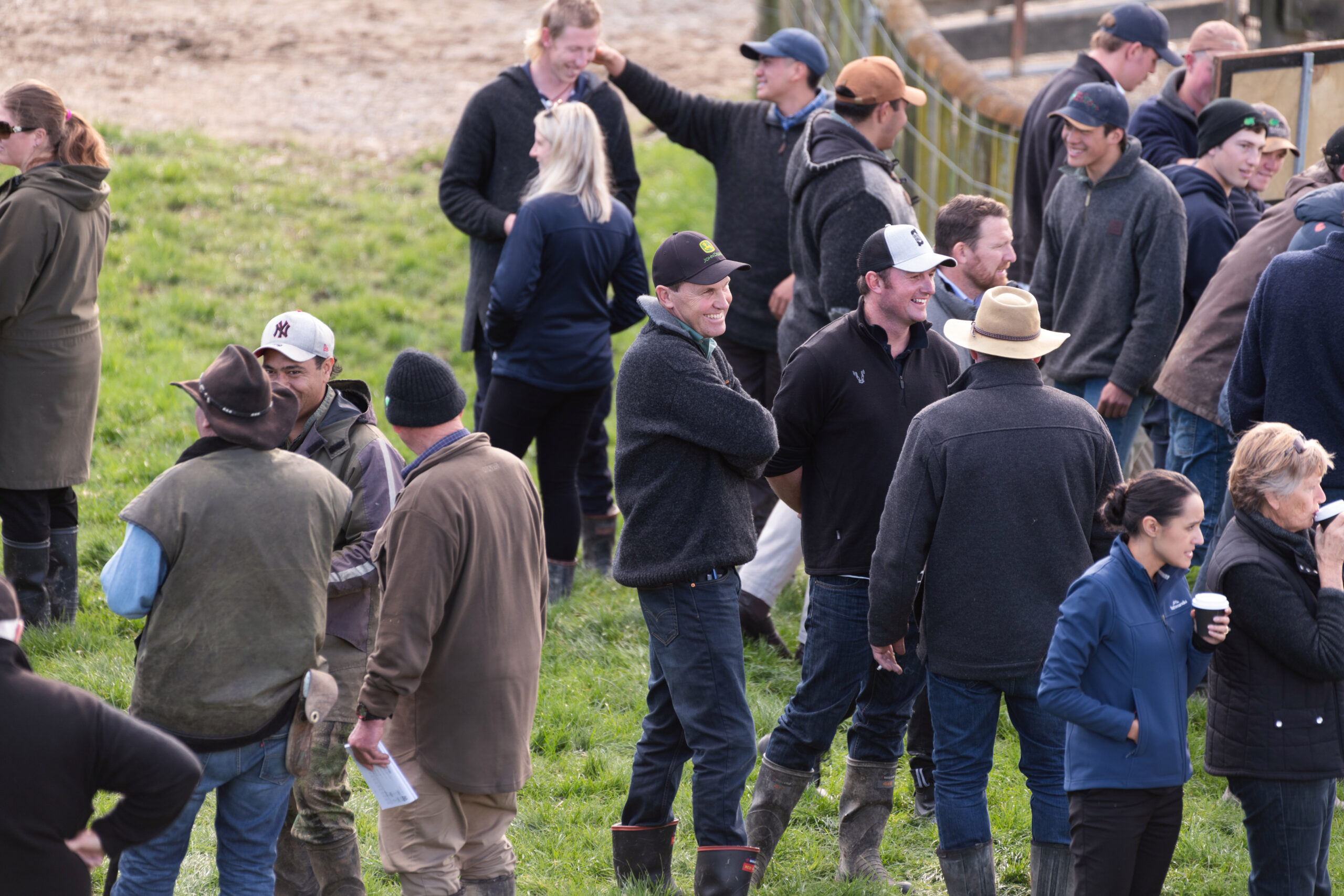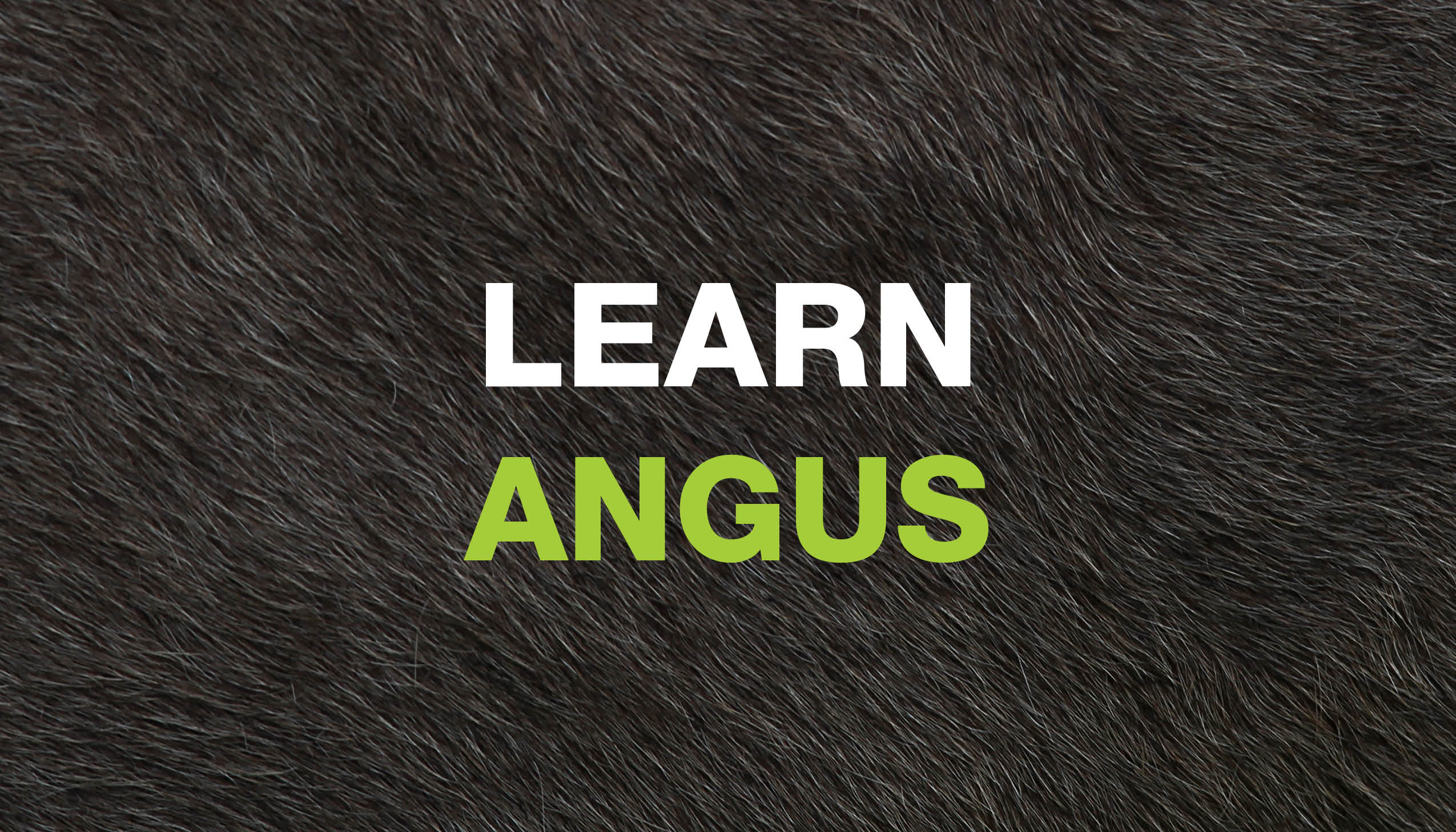By Alastair Rayner
I am certain at some point you will have heard the question asked, “How useful are these EBVs?” If you haven’t head that question you most likely will have heard something very similar.
The annual bull-selling season is a time when many people seem to ask questions about EBVs. The questions are not restricted to the usefulness of EBVs. They also include what do they mean, how do we actually use them and most frequently, why bother with them!
This year I was tagged on Facebook to make a comment on an American article that questioned EBVs, or as they are known in the US EPDs (which is Expected Progeny Differences). It was a pretty long article that questioned the science and mathematics that underpin the calculation of Breeding Values.
I had to read the article about three or four times to properly understand it! However two lines stood out for me. The first asked if EBVs were a tool or a toy. The suggestion was that EBVs were a dangerous toy being used unthinkingly and that it was a cult like behavior! The second was the summary line quoting a Tom Lasater, founder of the Beefmaster breed who said: “Breeding cattle is easy. The difficult part is keeping it easy!”
The article made me think a lot about my advice and the work I’ve done with producers for over 20 years. The comment about breeding cattle is easy, and the difficult part is keeping it easy is a good place to start.
Breeding cattle is easy! You can buy a bull and leave him with a group of cows all year. You don’t need to spend a lot, and you don’t really have to do much.
However, breeding cattle and making a profit is not so easy! Profit is driven in beef herds by the average price you receive and the kilograms of beef you produce per hectare. The average cost to produce a kilogram of beef in Southern Australia is $1.74 and in northern Australia its $1.75
So to be profitable, you can either increase your average price per kilogram, or reduce your costs or increase your kilograms of beef produced per hectare. Of these three options, the one with the greatest variation and the most potential to be manipulated in the kilograms of beef you produce per hectare.
Increasing your kilograms per hectare requires you to focus on two key areas. Nutrition and genetics. I actually find it hard to prioritise one over the other. In most situations, nutrition often limits the genetic potential of cattle. I have seen many herds with genetics that were capable of producing more kilograms of beef, but those genetics were never going to be expressed with the level of nutrition on offer.
Conversely genetics offer the opportunity to increase the ability of animals to grow faster, to be more muscular or more fertile or to have the traits that contribute to market compliance. It’s just as important to ensure your animals can fully utilize the nutrition you provide, so that investment in pastures, crops or feed isn’t wasted.
Increasing your production is a result of focused nutritional management and clear genetic improvement to capture the traits that help you produce cattle that suit your environment and your markets.
The difference between this and a basic, ‘simply put the bull out with the cows program’ is the simple option remains unfocussed. Cows calve when they calve. Weaners hit weights at varying times. Marketing is done ad hoc! Essentially this is a commodity production system where breeders have little opportunity to take advantage of market specifications or industry programs that can increase the average price per kilogram.
So in my mind, profitably breeding cattle isn’t simple! You need to manage the complexity of nutrition in varying seasons and localities. You need to consider market specifications as well as programs such as MSA that can increase your average price per kilogram. And you need to invest in genetics that will allow you to lift your production to be profitable.
The hardest thing with genetics is you can’t actually see them in an animal. When you look at a bull or a cow, you can see its physical appearance. It’s a direct result of its individual background, its nutrition and environment allowing it to express its genetics. Will that be the same in your business? How do you know? You have at best a guess that he may or may not suit your program.
![Lot 7[1].jpg](https://images.squarespace-cdn.com/content/v1/5da3f3cd64169331e9219d64/1573094582042-DWJ37SGR39YOF5OH2NIX/ke17ZwdGBToddI8pDm48kPqJSAio1NKDvIK-wXfTDCUUqsxRUqqbr1mOJYKfIPR7LoDQ9mXPOjoJoqy81S2I8N_N4V1vUb5AoIIIbLZhVYxCRW4BPu10St3TBAUQYVKcCEK8Cx-Dx_Vx-Bo7p4kFDmvGEycJoxloB6oTivkJoR6zvRZrxl5WeKq7DYSG24RR/Lot+7%5B1%5D.jpg?format=750w)
The use of EBVs and particularly those that have high accuracies mean you have a better estimation of the genetic potential of that animal to contribute those traits into your herd. High accuracies mean that data on those genetics has been recorded on numerous programs and environments. This offers you a better insight into the genetic potential of an animal and therefore an opportunity to make a more informed selection.
I’ve never considered an EBV as a crystal ball. Its an estimation based on recordings and analysis. I would never consider them a toy! I use EBVs as a tool that help me select a number of bulls that would contribute the genetics my clients require to increase their production of beef per hectare. Once I have those bulls identified, I need to physically assess them. If the bull is unsound, or has a poor temperament or displays attributes unsuited to my client, I don’t recommend him!
So when I’m asked how useful are EBVs, I always answer that EBVs are a very useful tool. And that tool is to help refine your search for a sire down to a manageable number that you will then physically assess.
Breeding cattle is simple. Being a profitable cattle breeder takes a bit more work and focus. However if you want to be profitable there are tools to help make your job a bit easier. Every tool has a limitation, and if you know the limitations and use them as they are meant to be used, I reckon you can make breeding profitable cattle a bit easier than some people make them out to be!
www.raynerag.com.au
@alraynerag


